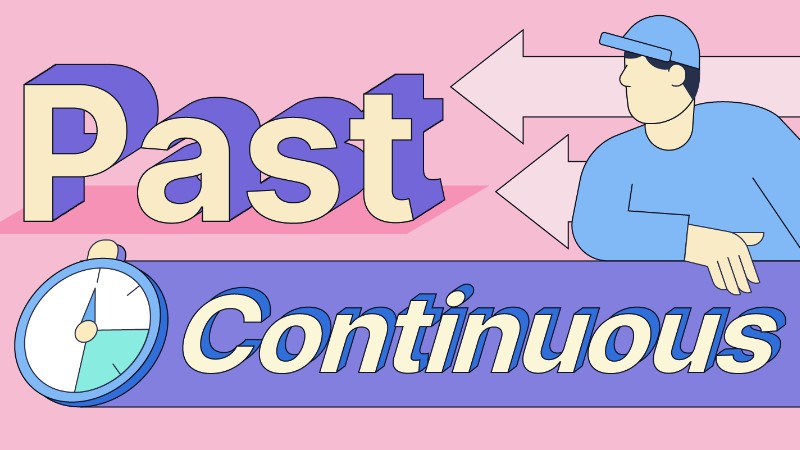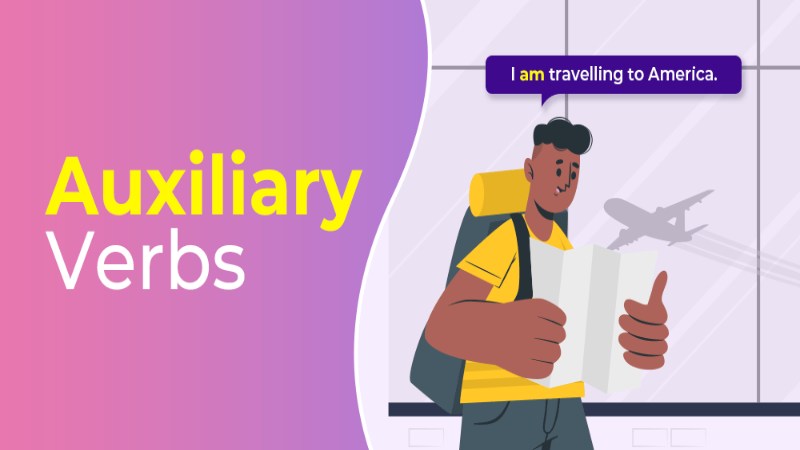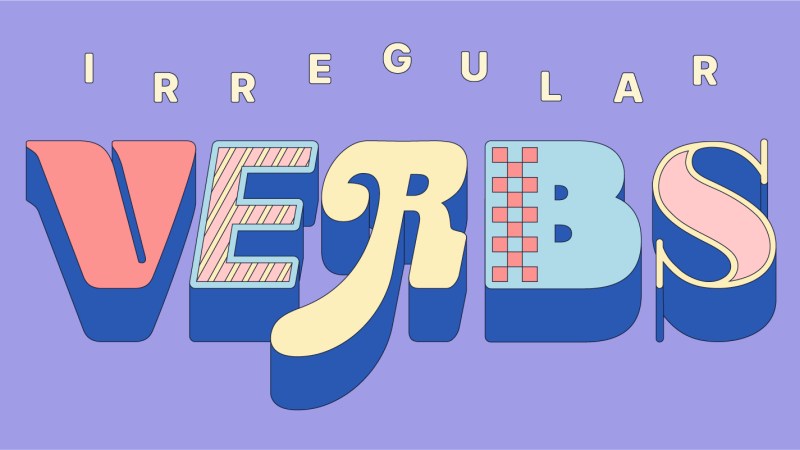
过去进行时的形式
| 肯定句 | I/He/She/It was working. You/We/They were working. |
| 否定句 | I/He/She/It was not(wasn’t) working. You/We/They were not(weren’t) working |
| 疑问句 | Was I/he/she/it working? Were you/we/they working? |
| 简短回答 | Yes, I/he/she/it was. Yes, you/we/they were. No, I/he/she/it was not(wasn’t). No, you/we/they were not(weren’t). |
过去进行时的用法
描述正在进行的动作
我们用过去进行时来谈论在过去某个特定时刻正在进行(尚未完成)的行动。
‘What were you doing at 9?’ ‘I was studying.’ “你9点在做什么?” 我当时正在学习。 ”
When I saw them yesterday, they were arguing. 昨天我看到他们时,他们正在争吵。
过去的特定时刻可以用一个时间表达式来描述,如: 8 p.m., at midday, at lunchtime, all day 等。
They were swimming at 7 in the morning. 他们早上7点在游泳。
At midday they were still working. 中午他们还在工作。
或者跟一个过去简单式的句子。
They were swimming when I saw them. 我看到他们时,他们正在游泳。
When she arrived, they were still working. 当她到达时,他们还在工作。
描述场景
我们经常在故事的开头使用过去进行时来描述场景。
It was getting dark, and I was walking fast. Suddenly … 天快黑了,我走得很快。突然…
过去进行时 vs 过去简单式
我们用过去简单式表示过去已完成的动作,用过去进行时表示过去正在进行(未完成)的动作。
We ate out yesterday. 我们昨天出去吃饭了。 (动作已完成)
We were eating at 9. 我们9点在吃东西。 (操作尚未完成)
过去进行时常描述较长的动作或情况,而过去简单式描述较短的动作或事件。
When I met Lily she was having a drink at a restaurant with a friend. 当我遇到莉莉时,她正和一个朋友在餐馆里喝酒。
We didn’t go out because it was raining. 因为下雨,我们没有出去。
过去简单式的短动作经常打断过去进行时中的长动作。
He was playing football when he broke his arm. 他在踢足球时摔断了胳膊。
When I went to bed, it was raining. 当我上床睡觉的时候,天正在下雨。
我们常使用过去简单式来描述一个接一个的(完成的)动作。比较:
When he arrived, she was having a shower. 当他到达时,她正在洗澡。 (淋浴的动作在他到达之前就开始了)
When he arrived, she had a shower. 当他到达时,她洗了个澡。 (他到达后开始淋浴)
过去进行时 – 练习题



Comments